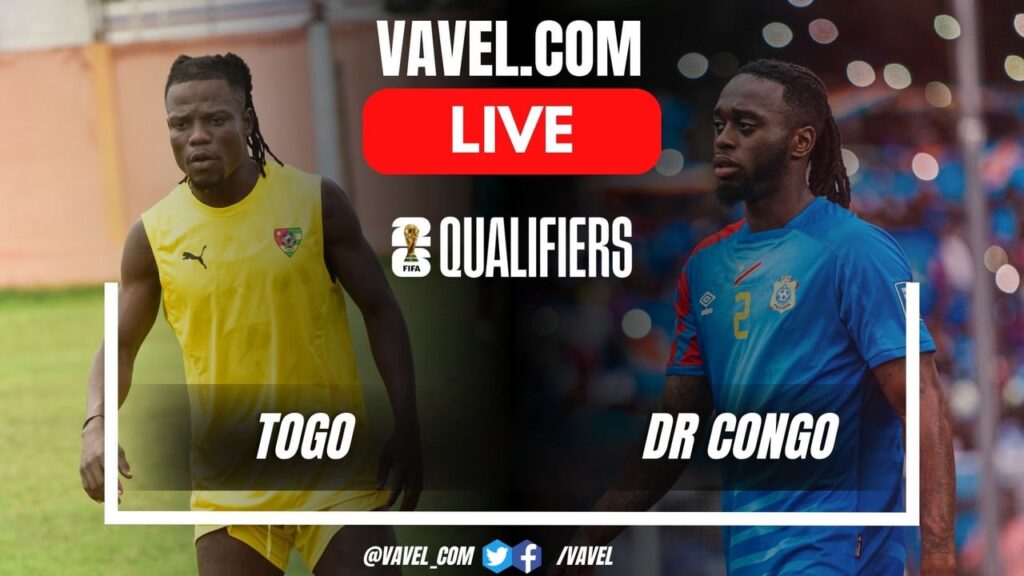
Introduction
In the realm of African countries, Togo and the Democratic Republic of the Congo (DR Congo) showcase distinct identities, cultures, and challenges. Understanding the differences between these nations is crucial for increased awareness, tourism potential, and international relations.
Geographical Context
Togo is a small West African nation located along the Gulf of Guinea, bordered by Ghana to the west, Benin to the east, and Burkina Faso to the north. With an area of about 56,785 square kilometers, it features a tropical climate, mountainous regions, and a coastline that supports a rich biodiversity.
In contrast, the Democratic Republic of the Congo, one of Africa’s largest countries, covers approximately 2.34 million square kilometers. It is characterized by dense rainforests, rivers such as the Congo River, and vast mineral wealth. DR Congo is bordered by nine countries, including Uganda, Rwanda, and Angola, and has a complex geographical landscape featuring both lowland swamps and highlands.
Economics and Development
Togo’s economy is primarily based on agriculture, which employs about 70% of the population. Key crops include cocoa, coffee, and cotton, which are significant contributors to its GDP. Despite being small, Togo has made strides in economic reform and is positioning itself as a logistics hub in West Africa.
Conversely, DR Congo’s economy is rich in natural resources, including diamonds, gold, copper, and coltan. However, years of political instability and conflict have hampered economic development, resulting in one of the lowest GDP per capita in the world. Efforts to stabilize and develop the economy are ongoing, with potential for significant growth in the mineral extraction sector.
Cultural Differences
Both countries boast vibrant cultures but are distinct in their traditions, languages, and social structures. Togo is known for its diverse ethnic groups, including the Ewe and Kotokoli, and languages such as French, Ewe, and Kabye. Traditional festivals, music, and crafts are central to Togolese culture.
On the other hand, DR Congo is home to over 200 ethnic groups, predominantly featuring the Bantu-speaking populations. The country is famous for its music, especially soukous, and has a rich tapestry of languages, with French as the official language, alongside Lingala, Swahili, and Kikongo being widely spoken.
Conclusion
In conclusion, while both Togo and the Democratic Republic of the Congo share the African continent, their differences highlight unique opportunities and challenges. Understanding these distinctions is essential, not only for fostering diplomatic relations but also for promoting cultural exchange and tourism. As both countries continue to evolve, keeping an eye on their development paths will be crucial for future investments and collaborations.

